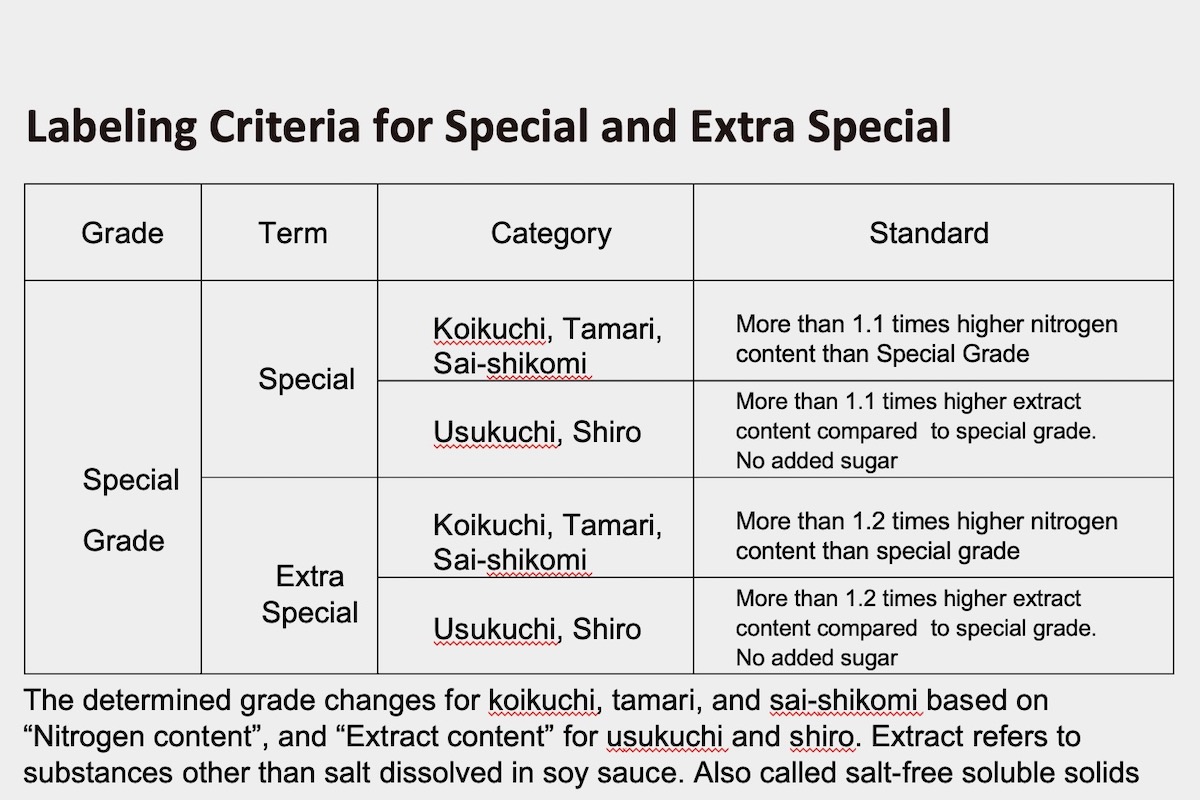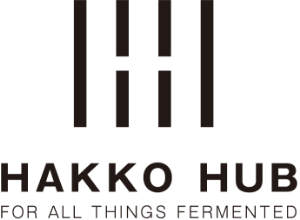“JAS Logo”- The Symbol of Reassurance and Quality
Last October, American food professionals visited fermented food producers to deepen their knowledge of Japanese fermentation culture during the “Hakko Tourism in Japan” tour campaign. As part of the tour, organizers held a tasting session where guests gave candid advice from the perspective of the American market to food product manufacturers looking to enter the United States market.
In the soy sauce industry, in addition to the mandatory Food Sanitation Law and the Food Labeling Law (link to article), there is also a voluntary law for Japanese Agricultural Standards (JAS) which sets the JAS standards for soy sauce. JAS standards are a system for ensuring the quality and production methods of products. For soy sauce, JAS standards are set to ensure quality by checking for types, production processes, properties required for different grades (e.g. Special, High, Standard), flavor and color, basic ingredients such as nitrogen, and also ingredients that include additives. For a soy sauce to be JAS certified, it must be produced at a JAS certified factory, and such certified factory must have a designated personnel responsible for ensuring the ongoing supervision of production and quality control.
Only soy sauces that are made in JAS certified factories and meet the JAS standards can be sold with the JAS logo label. The JAS logo will provide a piece of mind that the soy sauce you are buying is authentic soy sauce produced under strict supervision at a trustworthy soy sauce factory. There are also different types of JAS logo. In addition to the general JAS logo, there is Organic JAS logo for soy sauce which meet the criteria. Only soy sauce which has an Organic JAS logo can be labeled as “organic”.

All of the soy sauce manufacturers collectively complied with JAS standards, resulting in high quality soy sauce.
Since ancient times, soy sauce has made great progress in quality and manufacturing technology. But when it became difficult to procure the raw materials during World War II, inferior soy sauce came onto the market. After the war, while improving raw material processing and manufacturing technology, a lot of effort was put into distributing high quality soy sauce. However there remained a wide range in the quality of the soy sauce you could find in the market. To address this issue, JAS standards were set up in order to improve one of the essential products in Japanese daily life.
Records show that when JAS standards were introduced, almost all of then Japanese soy sauce manufacturers became JAS certified factories. This shows how the entire soy sauce industry came together in tackling the issue. Following the establishment of JAS standards, the difference in quality between soy sauce brands were eliminated, and all companies could compete on an equal footing.

Quality is determined by both ingredient analysis and sensory inspection.
In order for soy sauce made at a JAS certified factory to be labeled with a JAS logo, the first step is the analysis of the ingredients. The nitrogen content, salt-free soluble content, and direct reducing sugars are analyzed. The color is also analyzed by measuring against the ‘standard soy sauce color’ to confirm it is within the set range.
Once a soy sauce has passed the ingredient analysis we move on to the final sensory inspection. In the sensory inspection, soy sauce inspectors, individuals who have passed tough exams set by the Japan Soy Sauce Technology Center, thoroughly judge the color, flavor, and fragrance. Only soy sauces which have passed both the ingredient analysis and sensory inspection can officially be shipped with the JAS logo affixed.
Additionally, depending on the outcome of the inspection, the soy sauces are split into three grades: “special grade”, “high grade”, and “standard grade”. These grades are displayed on their JAS logo, and are a useful guide for people when purchasing soy sauce.

For Further Reading
Keiko Kuroshima, the world's first soy sauce sommelier and certified sensory inspector, hails from Japan's soy sauce production hub in Shodoshima. She co-authored a book on the island's breweries and is the only female among the three soy sauce sommeliers worldwide. Her expertise and passion elevate soy sauce appreciation globally.

